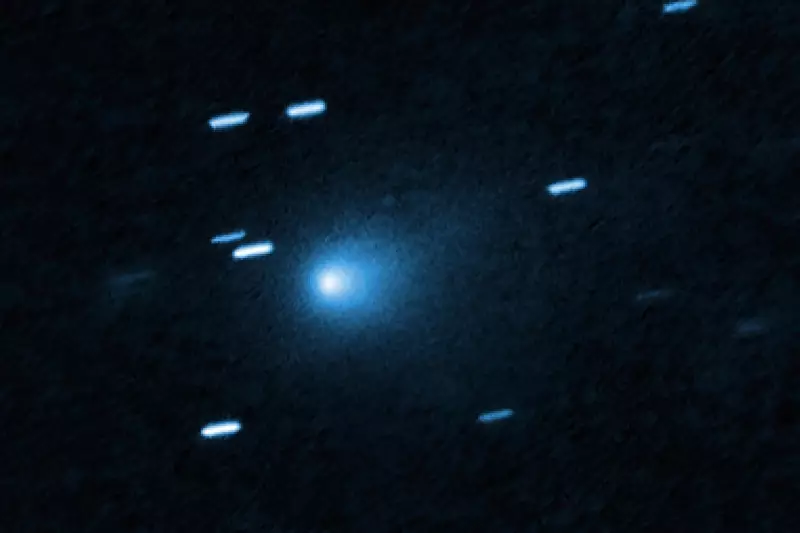
In a revelation that reads like science fiction, NASA scientists have unveiled compelling evidence that Mars may have experienced a close encounter of the interstellar kind. New research indicates our planetary neighbour could have been struck by a visitor from beyond our solar system.
The Interstellar Intruder
The extraordinary theory centres around Comet ATLAS, which astronomers now believe originated from outside our solar system. This icy wanderer from deep space made its closest approach to Mars in 2023, passing within 2.7 million miles of the Red Planet.
According to NASA's latest analysis, the comet's trajectory suggests it wasn't merely passing by. The research indicates there's a significant probability that fragments of the interstellar object may have collided with Martian soil, potentially creating impact craters and scattering extraterrestrial material across the planet's surface.
Alien Biological Possibilities
The most tantalising aspect of this discovery lies in what the comet might have carried. Scientists speculate that interstellar objects like ATLAS could contain "the building blocks of life" from other star systems. If biological material survived the journey through space, it could have been deposited on Mars during such an impact.
This raises profound questions about panspermia - the theory that life exists throughout the Universe and can be distributed by space dust, asteroids, and comets. The Martian environment, while harsh, might have provided suitable conditions for preserved alien microorganisms to survive.
Scientific Implications
The research, led by planetary scientists at NASA, suggests we should be looking for evidence of such impacts in current and future Mars missions. Potential signs include:
- Unusual impact craters with distinctive chemical signatures
- Anomalous mineral deposits that don't match Martian geology
- Organic compounds that couldn't have formed on Mars
- Microscopic evidence of extraterrestrial biological material
This discovery fundamentally changes how we view planetary protection and the search for life beyond Earth. Rather than being isolated biological islands, planets might regularly exchange material with interstellar visitors.
The Future of Interstellar Research
As detection methods improve, astronomers expect to find more interstellar objects passing through our solar system. Each represents an opportunity to study material from distant star systems without ever leaving our cosmic neighbourhood.
The NASA team emphasises that while the evidence is compelling, confirmation requires direct examination of potential impact sites. Future Mars rovers might be tasked with investigating suspicious craters that could hold the first concrete evidence of biological material from beyond our solar system.
This research not only rewrites our understanding of Mars's history but also opens exciting new avenues in the eternal quest to answer humanity's oldest question: are we alone in the Universe?





